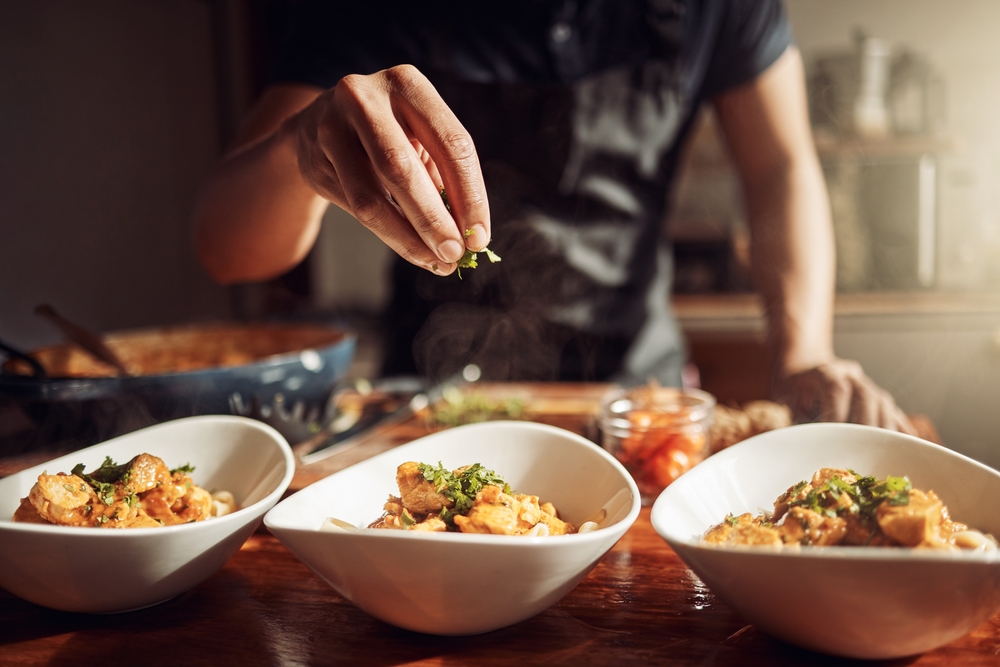Pasta is one of the most loved foods worldwide. Yet, many myths about pasta still shape the way people cook and serve it. Italians, who see pasta as part of their identity, often cringe at these misconceptions. Learning the truth behind them not only improves your cooking but also brings you closer to authentic Italian traditions.
Myth 1: You Must Add Oil to the Boiling Water
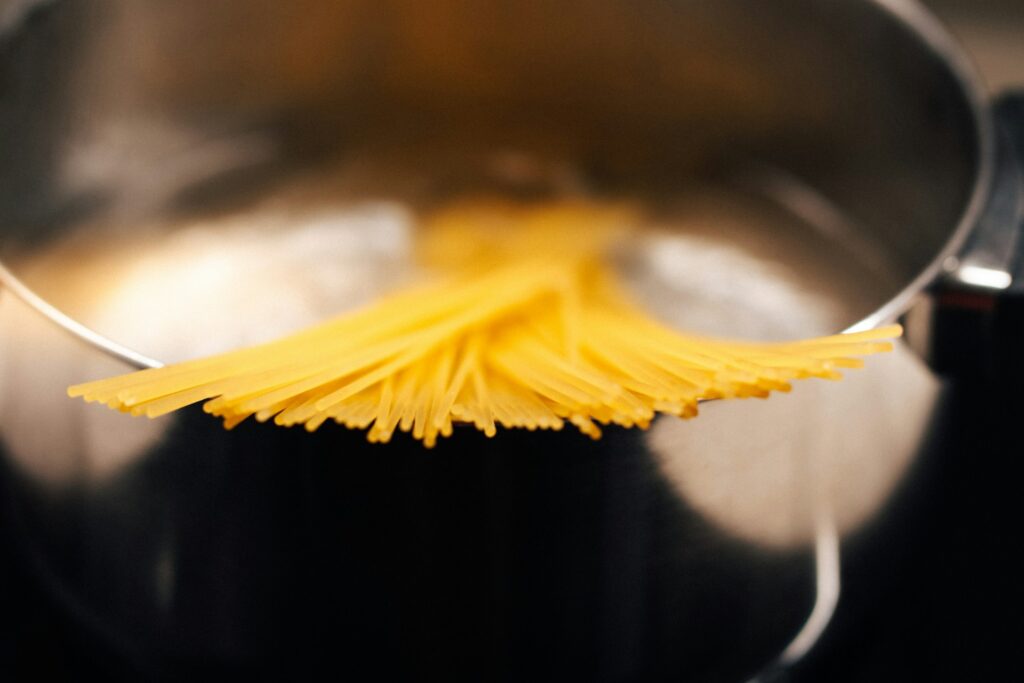
Many cooks believe adding oil keeps noodles from sticking. Italians disagree. Oil floats on water and never coats the pasta while boiling. The real secret is simple. Use plenty of water and stir now and then. This keeps the starch from clumping and allows pasta to move freely. Adding oil only makes sauces slide off later, which ruins the final dish. This is one of the most common pasta misconceptions around the world.
Myth 2: Rinsing Pasta Is Always Necessary

Some people rinse pasta under cold water after draining. Italians avoid this unless preparing a pasta salad. Rinsing washes away starch that helps sauces cling to the noodles. It also cools the pasta too quickly, leaving it bland. The only time rinsing makes sense is when pasta is meant for a chilled dish. Otherwise, move it straight into the sauce while still warm. Believing rinsing is always required remains one of the classic false pasta beliefs.
Myth 3: Pasta Makes You Gain Weight Instantly

Another common belief is that pasta causes fast weight gain. In truth, pasta itself is not the issue. Balance and moderation matter far more. Italians usually serve small portions alongside vegetables, olive oil, or lean proteins. This makes a complete, nutritious meal. Problems arise when pasta is drowned in heavy sauces or eaten in oversized servings. Out of all the myths about pasta, this one discourages people from enjoying it as part of a balanced diet.
Myth 4: Breaking Spaghetti Before Cooking Is Correct
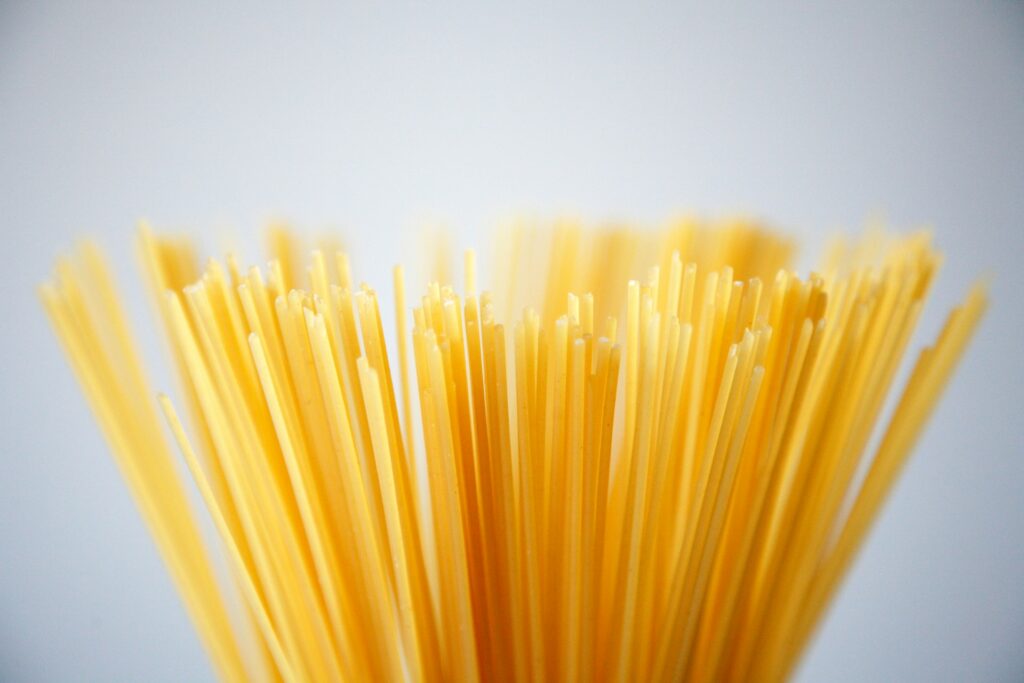
Many people break spaghetti in half to fit it in the pot. Italians see this as a mistake. Pasta shapes are designed with purpose. Long strands, like spaghetti, are meant to stay whole so they can twirl around the fork. Instead of breaking them, let the ends soften for a few seconds. Then gently press them down until fully submerged. This preserves texture and cooking quality. Such pasta cooking myths ignore the importance of shape and tradition.
Myth 5: All Sauces Go with All Pasta Shapes

People often think shapes exist only for appearance. Italians know every pasta shape has a role. Short ridged pasta like rigatoni grips chunky sauces, while long smooth types like linguine work best with lighter ones. Using the right match creates balance between texture and flavor. Pairing them poorly may still taste fine, but it loses harmony. Out of all pasta misconceptions, ignoring shape and sauce pairings changes the dining experience the most.
Myth 6: Pasta Should Be Overcooked Until Soft
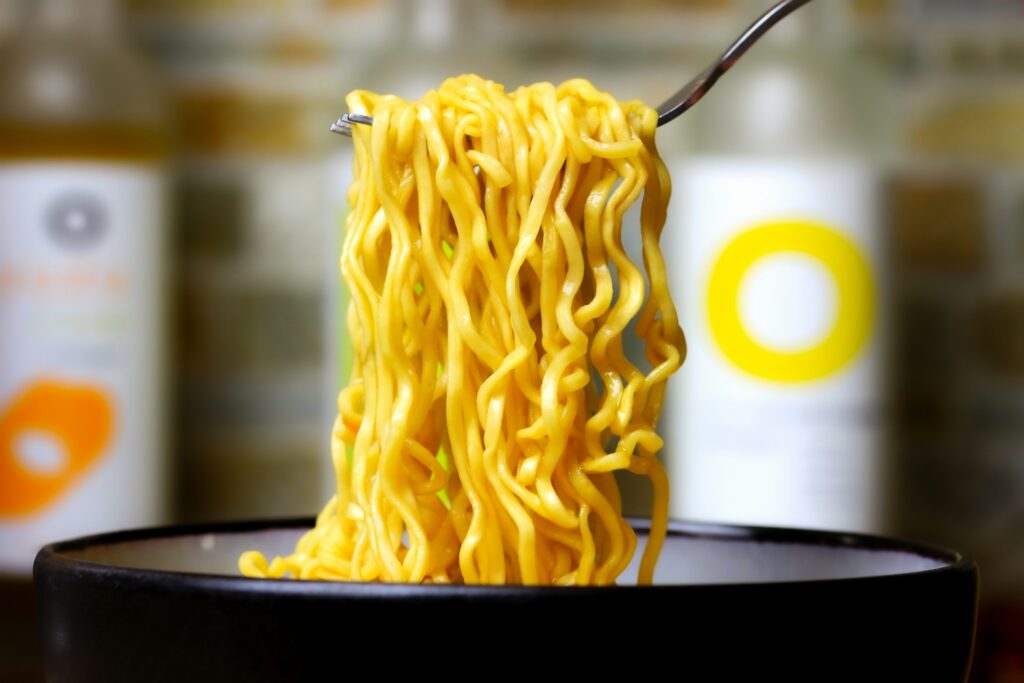
Some believe overcooking pasta makes it easier to digest. Italians prefer al dente, meaning firm to the bite. This texture holds its shape better when mixed with sauce. Overcooked pasta becomes mushy, releases excess starch, and sticks together. Al dente pasta also digests more slowly, giving steady energy and a satisfying meal. Among the myths about pasta, this one often leads to disappointing results at the table.
Myth 7: Pasta Must Always Be Served with Heavy Sauce
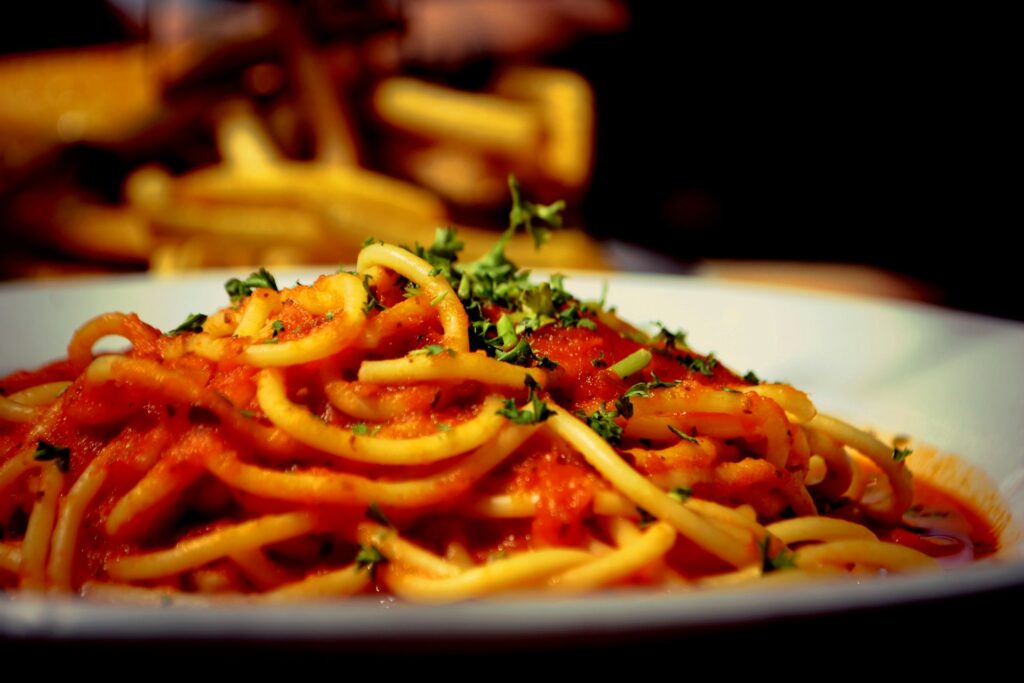
Many think pasta requires thick, creamy sauces. Italians often keep it simple. Olive oil, herbs, or a sprinkle of cheese can be enough. In this way, the pasta itself remains the focus, with the sauce playing a supporting role. Lighter toppings allow flavors to shine without overwhelming the dish. Some false pasta beliefs make people forget that simplicity can be just as satisfying.
Myth 8: Fresh Pasta Is Always Better than Dried Pasta
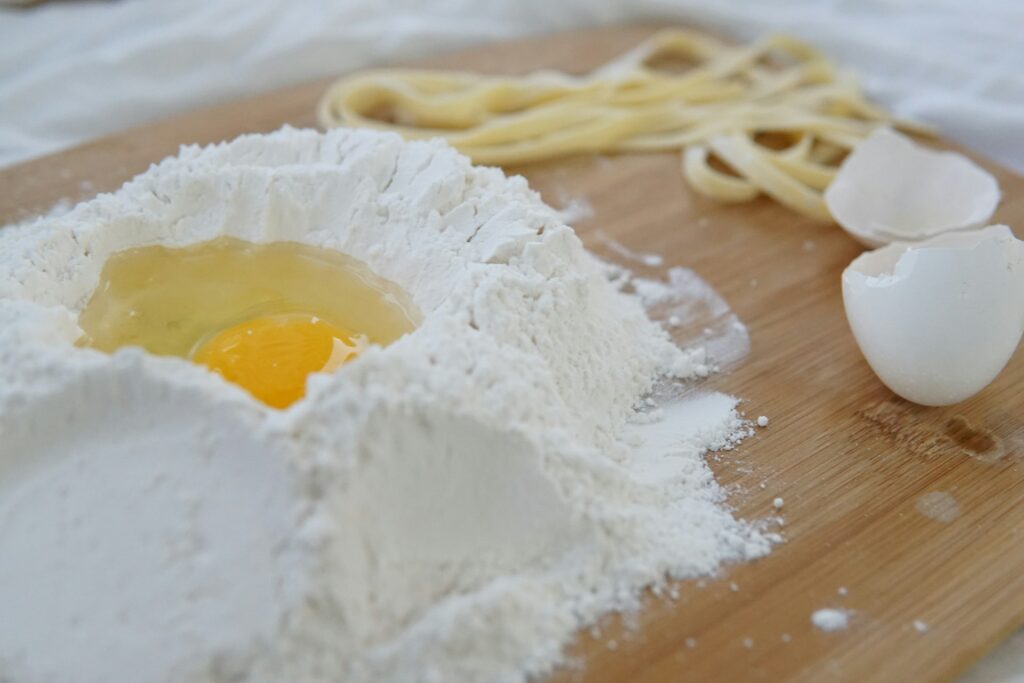
Some insist fresh pasta is superior to dried pasta. Italians value both, but they serve different needs. Fresh pasta, made with eggs and flour, is soft and works well with delicate sauces. Dried pasta, made from durum wheat, is firm and ideal for hearty, robust sauces. Neither type is better, only different. Choosing the right one depends on the recipe. Pasta cooking myths like this one overlook how each type has its own role.
Conclusion
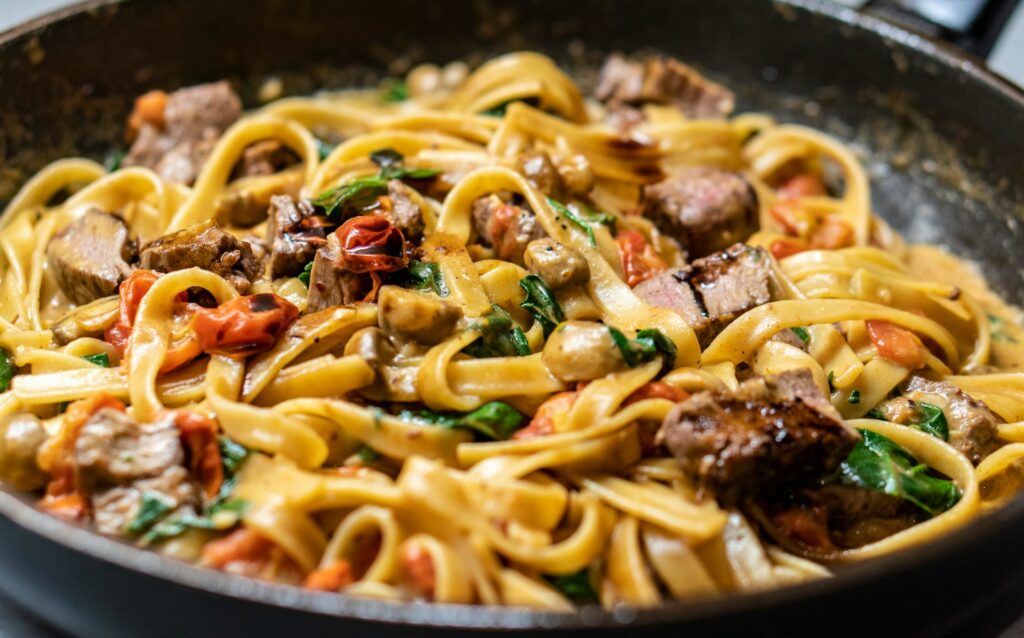
Pasta is simple, but it carries deep tradition and meaning. Myths often create confusion and lead to poor cooking habits. Italians wish these ideas would disappear because pasta deserves respect. By skipping oil in the water, avoiding unnecessary rinsing, cooking it al dente, and matching shapes with sauces, you get closer to the authentic Italian way. In the end, breaking free from myths about pasta allows you to enjoy it the way Italians intended. Pasta is not just food. It is culture, history, and pride served on a plate.
Disclaimer: This article was created with AI assistance and edited by a human for accuracy and clarity.
